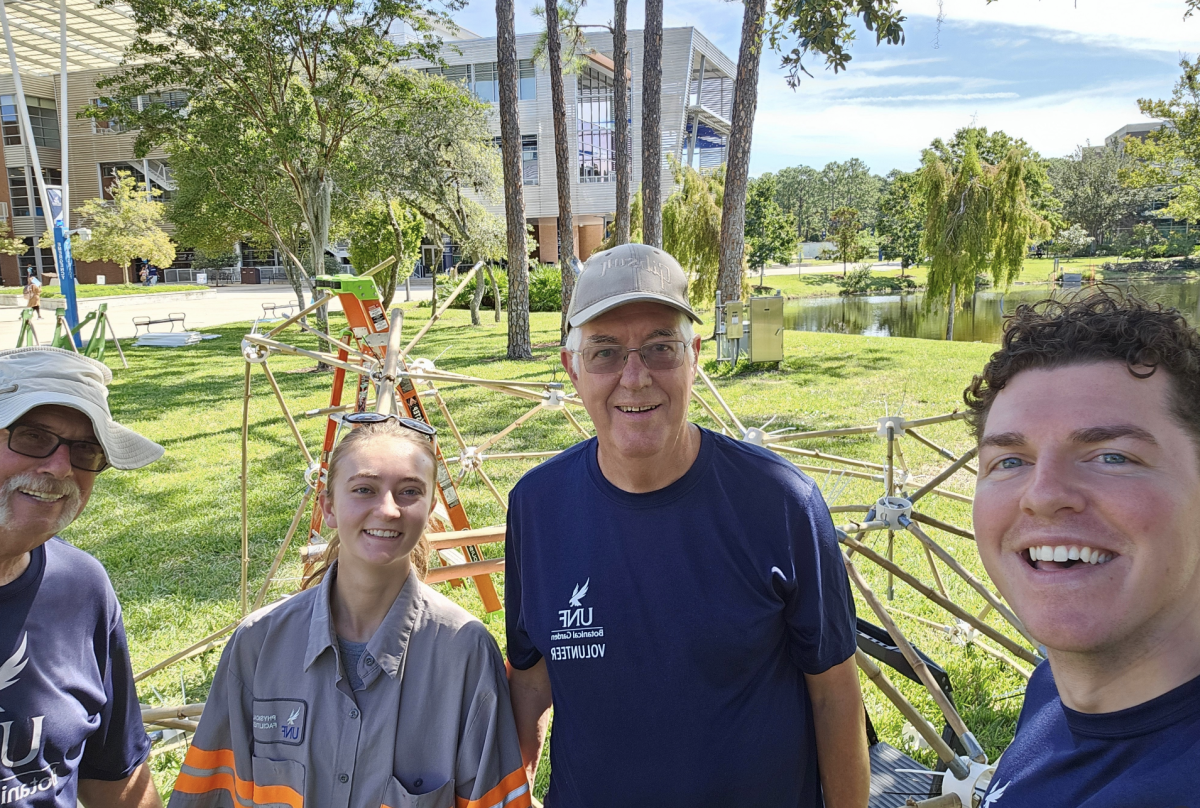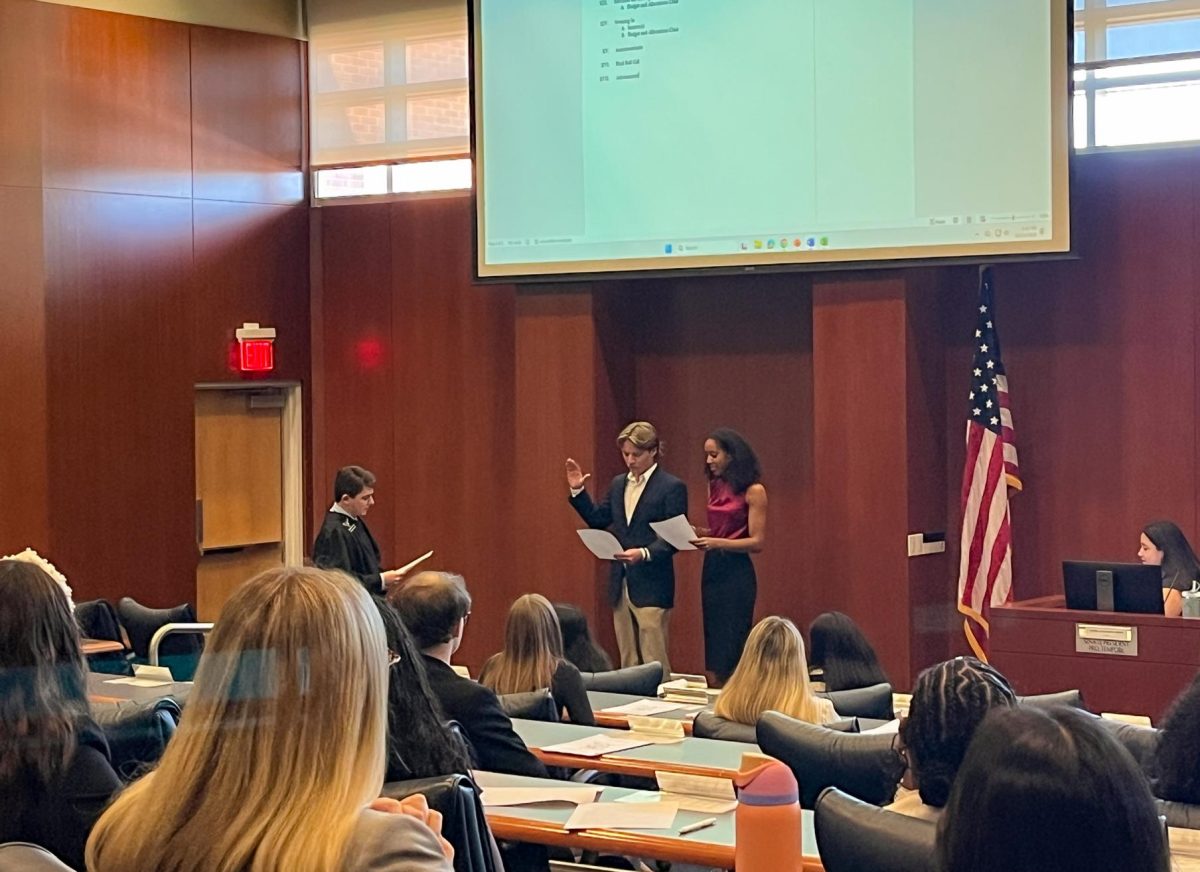Once hallmarks of the classic American aesthetic, pedestrian-oriented “third places” like quaint main streets and public squares are declining.
Now, younger generations are left with little other than cookie-cutter roadside strip malls and high-speed streets that are dangerous for pedestrians.
The third place concept describes a location that is neither your residence nor place of work but rather somewhere to relax, socialize and spend your free time. These places tend to be walkable and pedestrian-focused, disincentivizing the use of cars.
To Ray Oldenburg, the urban sociologist who coined the term “third place” in 1989, these spaces were paramount to public life. They remedied the car-dependent, monochromatic and antisocial design of modern American suburbia.
Oldenburg wrote, “What suburbia cries for are the means for people to gather easily … a ‘place on the corner.’” These local “places on the corner” are becoming increasingly rare due to urban sprawl and car-dependent city design.
However, there is an increasing desire for this to change. Younger generations are among those who most want more walkable cities and neighborhoods.
A 2023 Community and Transportation Preferences Survey found that 79% of respondents rate walkability as “very” or “somewhat” important, with younger generations, namely Gen Z and Millennials, prioritizing walkability the most, at 90%.
Similarly, the National Association of Realtors found that Gen Z wants to live near transit more than any other generation, signaling a shift away from most American cities’ car-dependent status quo.
Jacksonville is no stranger to issues of walkability and car dependence. According to the Department of Transportation, Jacksonville is the largest geographic city in the United States and struggles with walkability.
Jacksonville is also the sixth most dangerous metro area for pedestrians in the U.S., making the development of pedestrian-focused urban spaces potentially dangerous. Residents could be missing out on these spaces’ potential health benefits.
To 29-year-old Jacksonville resident Jamie Blythe, other than the few small pockets of walkability like Downtown, San Marco, Riverside and Avondale, most of the city’s sprawling 875-square-mile area is not walkable.
“A majority of the areas are not easy [for a pedestrian to navigate],” he said. “Without transportation, I’d have a much harder time getting where I need to go.”
Like others from younger generations, Blythe wishes to see more “third places” in Jacksonville. He also hopes for better access to public transportation, which is particularly poor in the city.
“[An ideal solution would be] having more local connection spots like what we have in Riverside or San Marco,” Blythe said, citing the popular, more walkable areas of town.
But in the absence of good public transportation and options for walkable hangout spots, Blythe must drive, which he said often feels unsafe.
“To leave my neighborhood, I have to get on [the highway] and immediately get up to 60-plus miles per hour,” he said. “It can be really scary to try and go anywhere when there is traffic.”
Blythe’s concerns about driving in Jacksonville aren’t unfounded, especially since Jacksonville made the top ten list of the least safe cities to drive in.
“I don’t think I could live here like I am now if I was a pedestrian,” Blythe said.
Jenny Stuber, a sociology professor at the University of North Florida, said Jacksonville has many walkability issues—ranging from the city’s flawed public transit system to the privatization of coastal land.
“I think most officials and experts would say [Jacksonville is] poorly designed from an urban planning standpoint,” she said. “Our infrastructure isn’t built in ways to accommodate walkers. The sprawling aspect makes it poor.”
To Stuber, the lack of these walkable areas in the city limits people’s access to the spontaneity and sense of freedom that “third places” can provide. These third places can be a variety of things.
“[They] can be parks, tennis courts, pickleball courts. They can have a lot of different functions,” Stuber said.
Stuber has taken students on trips to Iceland on several occasions. She said that students appreciated the ability to easily walk between destinations, something that’s much more common in the people-focused cities of western Europe. Jacksonville’s urban sprawl makes walking between destinations difficult.
26-year-old Oriol Cusso lives in one of these walkable European cities. Cusso said he has the opportunity to walk almost daily in the Spanish city of Sant Deliu de Llobregat, which he calls home.
“Having [so] many stores available near [my] home gives [me] a reason to take a walk,” he said. “[There are] lots of big sidewalks, lots of places to cross the road, lots of parks and trees to give proper shadow when it’s too hot.”
Cusso also often uses his city’s public transit. “I usually take either the bus or tram,” he said. “[They] are always [on time] and quite clean.”
Jacksonville used to resemble these walkable European cities more closely. According to Alan Bliss, the CEO of the Jacksonville Historical Society, Jacksonville’s pedestrian-friendly streetcar suburbs of the early 1900s “functioned without dependence on automobiles.”
However, he said these quaint, walkable neighborhoods didn’t last long after the postwar economic boom and the passage of bills like the Federal-Aid Highway Act in 1956. According to the Jacksonville History Center’s website, Interstates 10 and 95 redrew the city’s geography.
Younger generations increasingly want more walkable cities, yet it remains to be seen whether Jacksonville will adapt to meet these demands.
__
For more information or news tips, or if you see an error in this story or have any compliments or concerns, contact editor@unfspinnaker.com.















